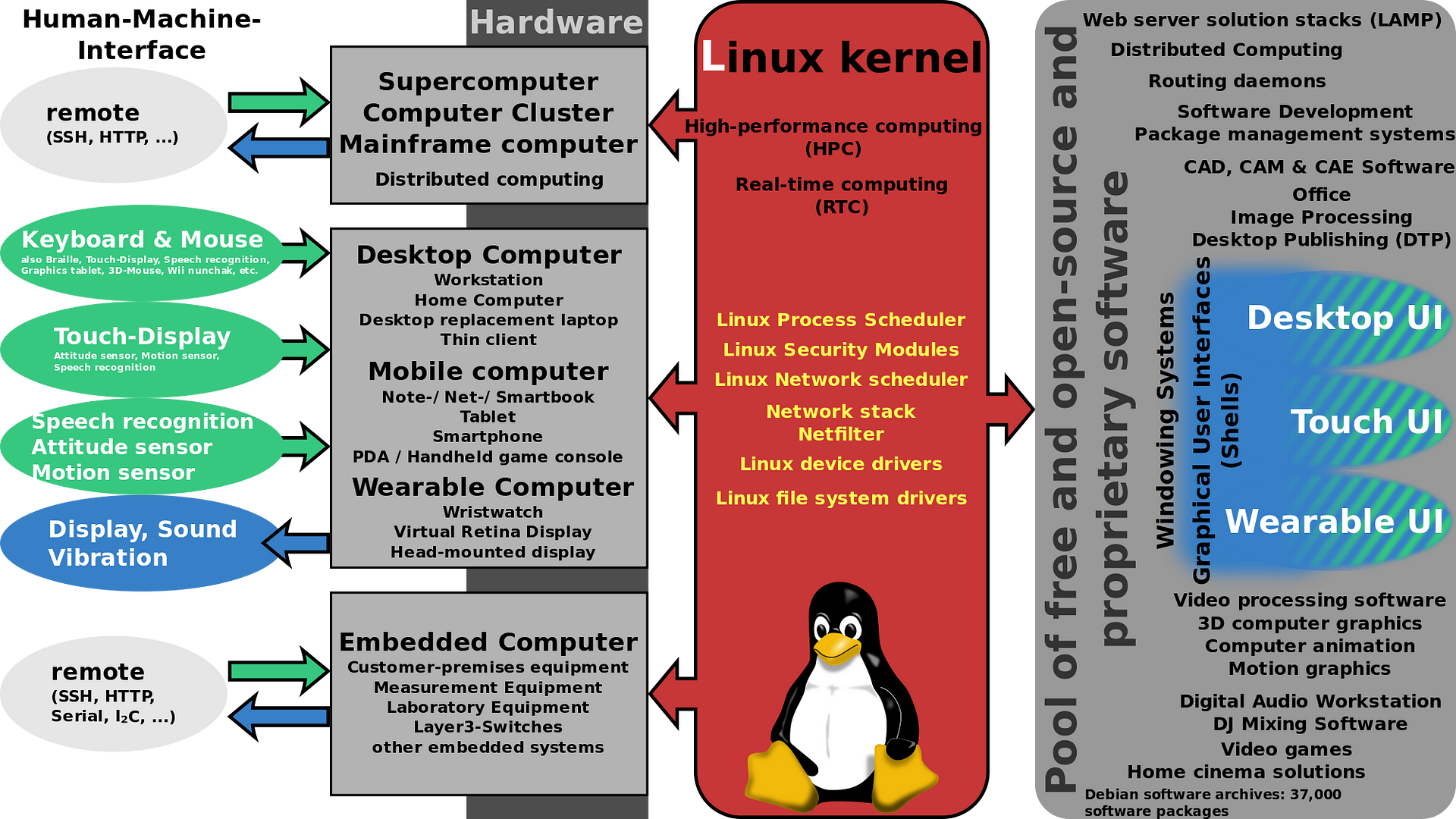Itunes Video Drm Removal Linux Kernel
Aug 24, 2014 drm.ko missing on Ubuntu 14.04.1 LTS. Sudo apt-get --purge remove xserver-xorg-video-nouveau as. Build drm.ko in kernel rather than as a module In.

M4VGear DRM Media Converter can keep AC3 Dolby 5.1 audio & AD track when removing DRM from iTunes videos, which is what our competitors cannot do. It will be perfect to play DRM-free iTunes videos with 5.1 audio on TV. Besides, Multilingual subtitles including CC and audio tracks (including audio descriptions) of iTunes videos can also be saved with this powerful DRM Removal software. In this way, you can choose the subtitle of certain language to be displayed on the screen and the audio track of certain language to be played. Angel Rama Ruben Dario Y El Modernismo Pdf Viewer more.
Contents • • • • • • • • • • • • • • • • • • Overview [ ] The already had an called allowing to manage the of a, but it couldn't be used to handle the needs of modern 3D accelerated based video cards. These type of cards usually require setting and managing a command queue in the card's memory () to dispatch commands to the GPU, and also they need a proper management of the buffers and free space of the Video RAM itself. Initially user space programs (such as the ) directly managed these resources, but these programs usually acted as if they were the only ones with access to the card's resources.
When two or more programs tried to control the same video card at the same time, and set its resources each one in its own way, most times they ended catastrophically. Serial Bewerbungsmaster Professional 2012. DRM allows multiple programs concurrently access to the 3D video card avoiding collisions When the Direct Rendering Manager was first created, the purpose was that multiple programs using resources from the video card can cooperate through it. The DRM gets an exclusive access to the video card, and it's responsible for initializing and maintaining the command queue, the VRAM and any other hardware resource. The programs that want to use the GPU send their requests to DRM, which acts as an arbitrator and takes care to avoid possible conflicts. Since then, the scope of DRM has been expanded over the years to cover more functionality previously handled by user space programs, such as framebuffer managing and, memory sharing objects and memory synchronization. Some of these expansions had carried their own specific names, such as (GEM) or (KMS), and the terminology prevails when the functionality they provide is specifically alluded.
But they are really parts of the whole kernel DRM subsystem. The trend to include two GPUs in a computer —a discrete GPU and an integrated one— led to new problems such as that should be also solved at the DRM layer. In order to match the technology, DRM was provided with GPU offloading abilities, called PRIME. Software architecture [ ]. A process using the Direct Rendering Manager of the Linux Kernel to access a 3D accelerated graphics card The Direct Rendering Manager resides in, so the user space programs must use kernel to request its services. However, DRM doesn't define its own customized system calls. Instead, it follows the principle ' to expose the through the filesystem name space using under the /dev hierarchy.
Each GPU detected by DRM is referred as a DRM device, and a device file /dev/dri/card X (where X is a sequential number) is created to interface with it. User space programs that want to talk to the GPU must the file and use calls to communicate with DRM. Different ioctls correspond to different functions of the DRM. A called libdrm was created to facilitate the interface of user space programs with the DRM subsystem. This library is merely a that provides a written in for every ioctl of the DRM API, as well as constants, structures and other helper elements.
The use of libdrm not only avoids exposing the kernel interface directly to user space, but presents the usual advantages of and sharing code between programs. Direct Rendering Manager architecture details: DRM core and DRM driver (including GEM and KMS) interfaced by libdrm DRM consists of two parts: a generic 'DRM core' and a specific one ('DRM Driver') for each type of supported hardware.